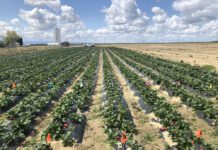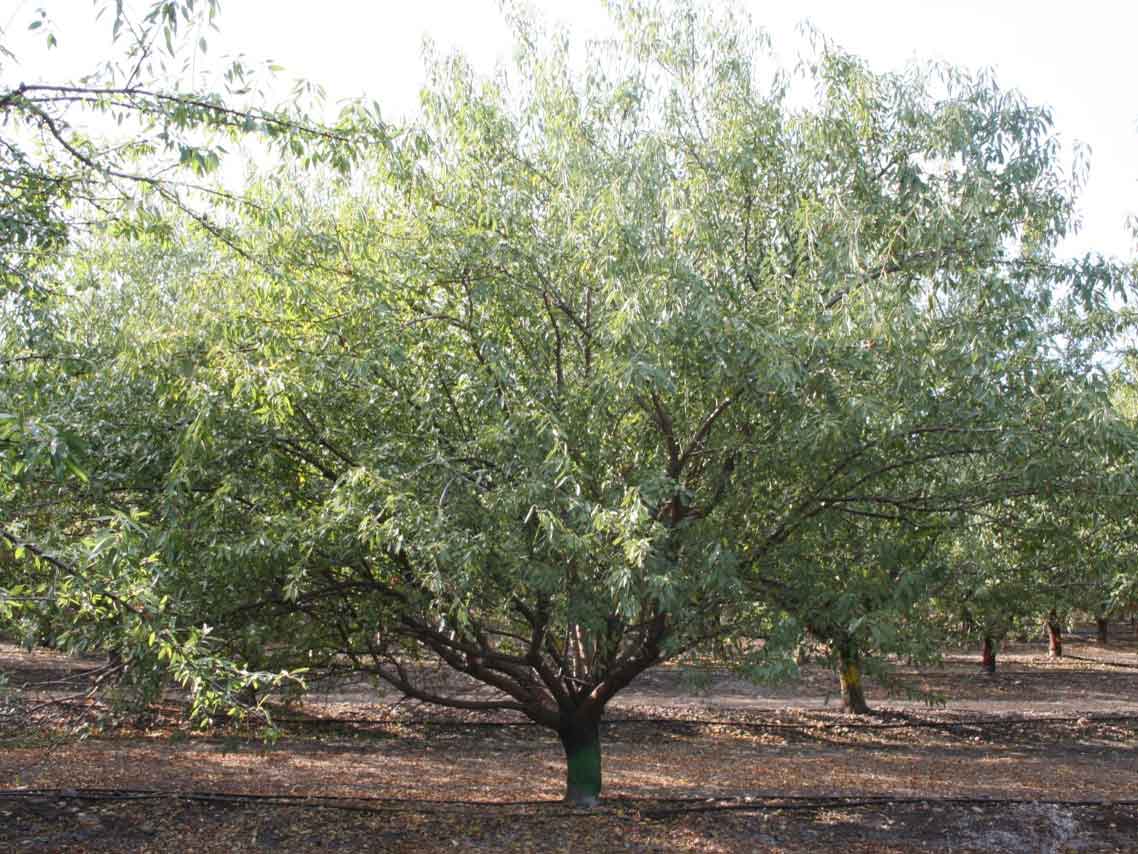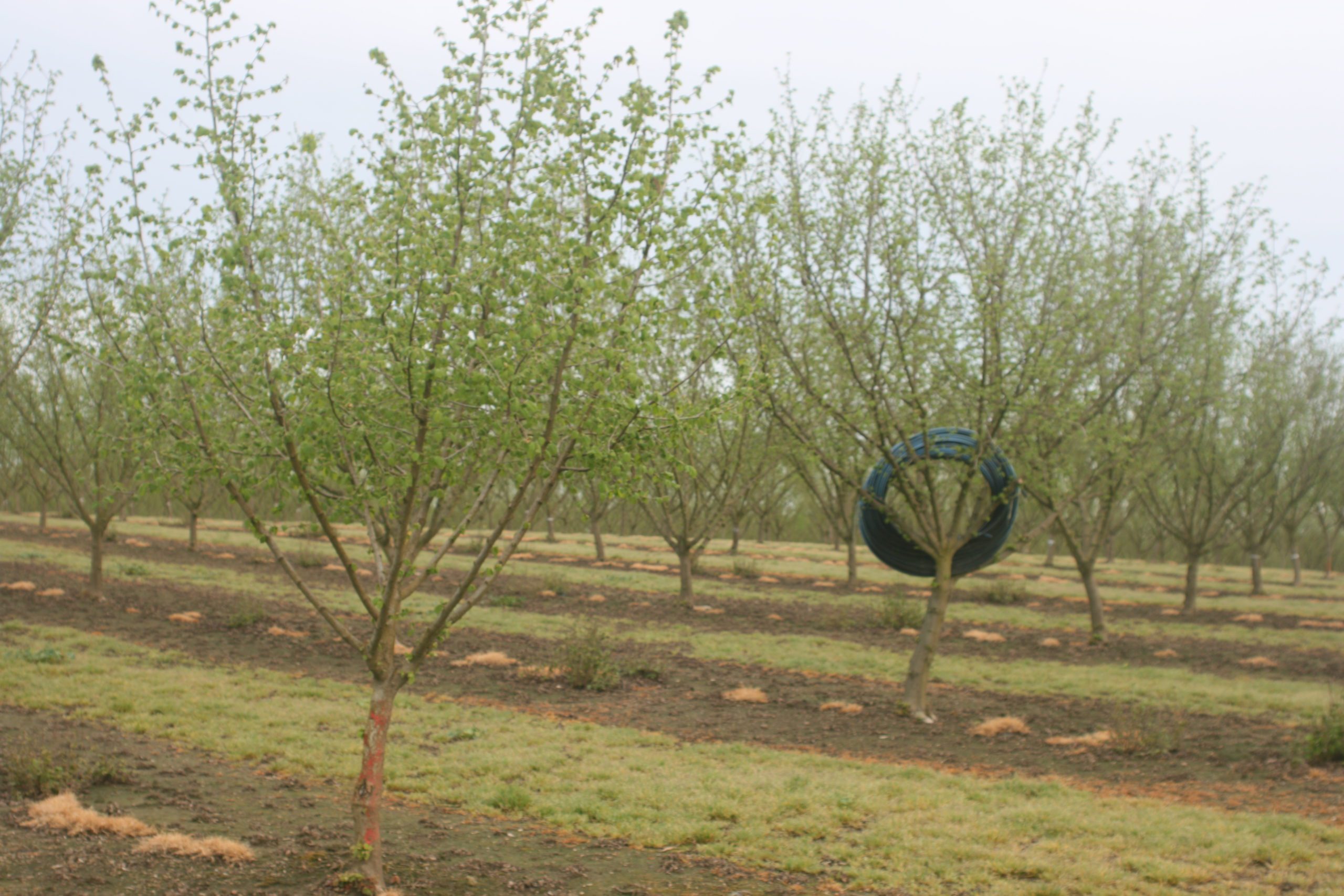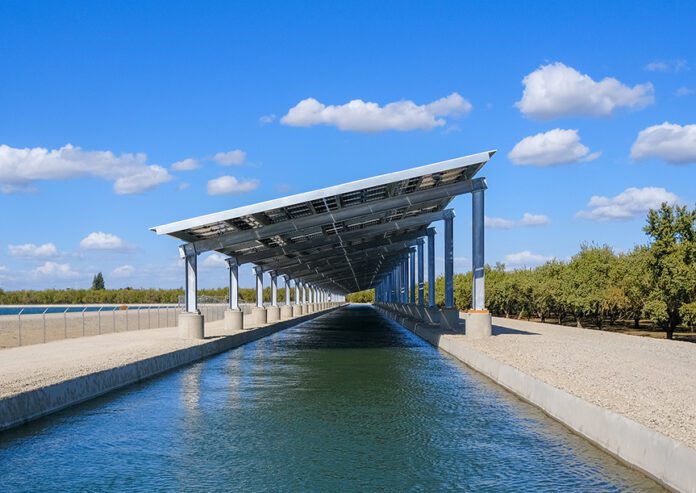
In a Nutshell: Listen to the Summary
California’s agricultural future won’t look like the past, thanks to decades of water supply cuts and an emerging need for land to serve the state’s renewable energy goals. What that means for growers depends on a choice between growing food, converting land to solar projects or perhaps a little of both.
With fallowing projections by 2040 of between 500,000 to 1 million acres in the San Joaquin Valley, due to surface and groundwater constraints, rural California is facing an unparalleled need to find alternative land uses and sources of economic activity.
A 2023 report by the Public Policy Institute of California highlighted the role of the Sustainable Groundwater Management Act (SGMA) when it said, “SGMA will drive significant fallowing, especially in the San Joaquin Valley, where water shortages are acute.”
SGMA is receiving much of the current attention as a major driver of land use changes, with researchers and policy advocates recognizing negative effects on local communities. Environmental water policies going back to the 1990s are another factor that has led to water supply uncertainty and the fallowing of vast swaths of farmland across the state.
Merging Farming and Solar Development
Some academics and water managers are seeing solar project developments on fallowed agricultural land as a multibenefit strategy to generate renewable energy, conserve water and sustain economic output on fallowed lands.
A 2025 study by the University of Michigan suggests that solar projects enhance agricultural resilience in regions like California, where drought and heatwaves threaten crop viability by reducing soil moisture loss and protecting crops from extreme temperatures, thereby supporting rural communities’ economic stability and food security. In situations where fields in water-stressed areas are transitioned to solar facilities, they add “…security to the capacity of a grower to maintain or improve their financial well-being, operational resilience and access to essential resources, such as water and energy, while preserving the integrity and future of their agricultural practices.”
Local Solutions
Over the past 10 years, other types of solar projects carried out by irrigation districts and growers have sought to find local solutions that make sense for their communities, focusing on floating on-canal, over-canal and field-based systems.
One of the latest, coming online in October 2024, is Turlock Irrigation District’s Project Nexus. Solar canopies are installed over canals near the town of Hickman to produce 5 megawatts of solar energy and reduce evaporation from the canal by approximately 48 acre-feet per mile, according to a 2021 UC Merced study.
Projects of this type leverage state and federal grant funding to research ways to co-locate solar projects over existing water supply infrastructure. According to Turlock Irrigation District (TID), “Project Nexus serves as a proof of concept to pilot and further study solar over canal design, deployment and co-benefits on behalf of the state of California using TID infrastructure and electrical grid access.” As the first publicly owned irrigation district in California, TID has a long history of providing irrigation water and clean hydropower to its customers.
The San Luis and Delta-Mendota Water Authority’s Delta-Mendota Canal Floating Solar Project is in the early stages of a five-year pilot study, funded by a $15 million grant from the U.S. Bureau of Reclamation through the Inflation Reduction Act.
The project, announced in April 2024, aims to assess the viability of floating solar panels on the 117-mile Delta-Mendota Canal to generate renewable energy, reduce evaporation and improve water quality by minimizing algal growth. It involves a public-private-academic partnership with the Bureau of Reclamation and UC Merced, which will collect and analyze data on the performance of up to three different floating solar technologies.
Westlands Water District, under provisions within Assembly Bill 2661 on water scarcity and the Valley Clean Infrastructure Plan, maintains a program that permits growers to fallow land for solar projects on 130,000 acres while maintaining full water allocations by tying allocations to land ownership rather than land use.
These changes build on precedents like the Westlands Solar Park, a project initiated in 2011 when Westlands began converting thousands of acres of drainage-impaired farmland, formerly growing almonds, pistachios and cotton, into the Westlands Solar Park. The facility is currently sized at 672 megawatts with plans for another 1,800 megawatts across 20,000 acres. By repurposing impaired land without affecting water rights, growers can generate solar revenue while preserving water for agriculture, addressing water scarcity and helping to meet SGMA requirements. Furthermore, the district supports intensive groundwater recharge programs for the purpose of stabilizing water supplies.
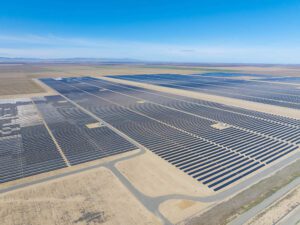
Economic Challenges
Solar projects aren’t without challenges. As the Michigan study recognized and analyzed, self-generation by farming operations has provided additional local power without saddling other ratepayers with the cost impacts.
Diminishing power rates for excess solar make it more difficult for smaller projects to pencil out. Referred to as “net metering,” when solar panels produce more power than is used, the excess can be exchanged to offset charges from the utility company where it goes to the grid for distribution to other customers. Later, when the solar panels aren’t producing enough electricity, such as at night or on cloudy days, the owner can use those credits to get power from the grid without paying extra. It is like a trade. You give the grid power when you have extra, and you take power back when you need it. However, the margins are much narrower today, making that trade-off a more difficult proposition.
Particularly for growers, net metering aggregation allowed them to offset the usage of multiple accounts against a single solar facility, typically on underperforming farmland. But with changes to that program last year, such opportunities no longer exist, and benefits are only available when solar is connected to a single account.
Large, utility-scale solar projects, such as the Valley Clean Infrastructure Plan and Westlands Solar Park, operate under commercial power purchase agreements, which allow for the sale of energy for distribution to the grid. Lagging transmission capacity is limiting the rate at which new projects can come online, creating a bottleneck for solar energy development.
Other limitations continue to pose challenges as well. Battery storage shortages limit energy reliability. Land use protections, such as the Williamson Act and agricultural conservation easements, help protect California’s unique growing environment in a world under mounting pressure to increase food production.
Balanced Solutions Mean Dependable Food for Consumers
Transmission infrastructure, sensible leases and economically viable energy rates remain central to progress. Solar projects like those in the San Joaquin Valley show how growers and public water agencies are seeking to balance competing needs. Addressing water and energy concerns while maintaining land productivity requires forethought and intentional regard for our food supply. With research advancing and policies evolving, California’s agricultural regions should have the support to continue to deliver dependable, high-quality food supplies to the nation while helping meet the state’s renewable energy goals.







